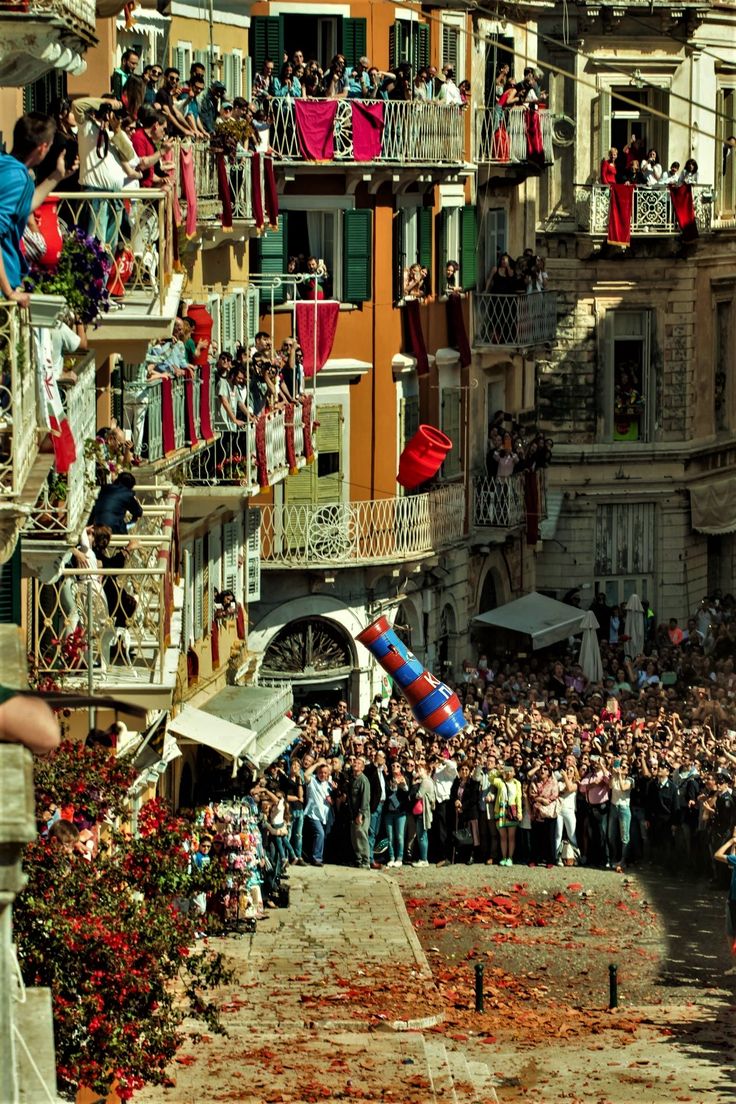Easter in the Mediterranean
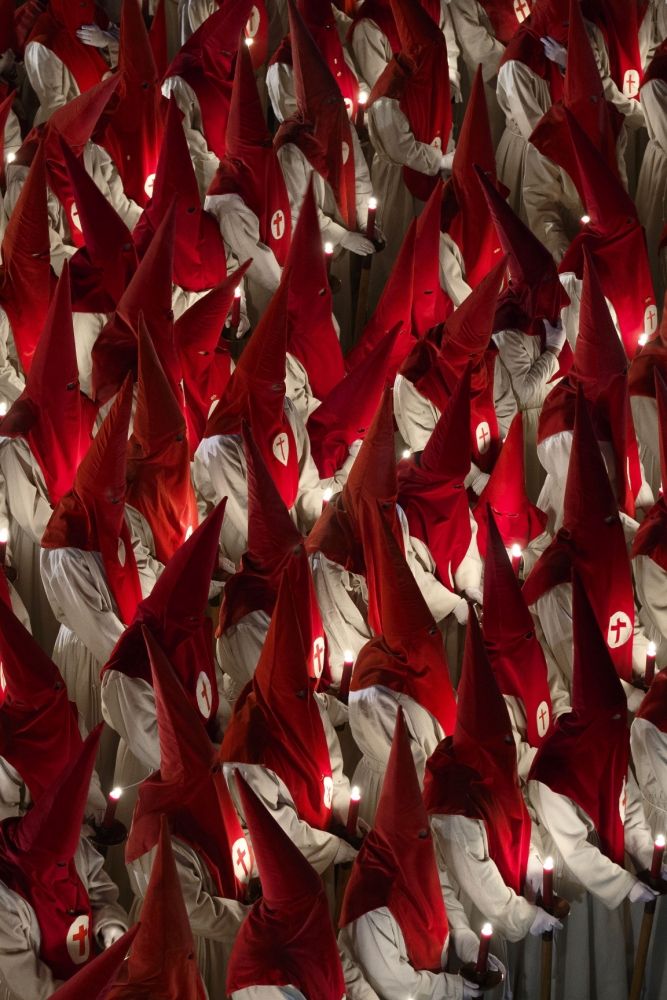
Here is a deep dive into how some Mediterranean lands mark this important occasion in the Christian calendar.
Easter in the Mediterranean
By Antonia Fest
April 16, 2025
Being Christian countries, the southern Mediterranean lands often lay more importance on their Easter celebrations than Christmas. They are a sight to behold with crowds and processions lining brightly decorated town centres, tables piled high with traditional foods often only served at this time of year, and religious rituals that add an atmospheric spirituality to already beautiful places. Beyond the obvious religious element, Easter can also be a time of community with locals young and old getting involved in the preparations and the events. Here is a deep dive into how some Mediterranean lands mark this important occasion in the Christian calendar.
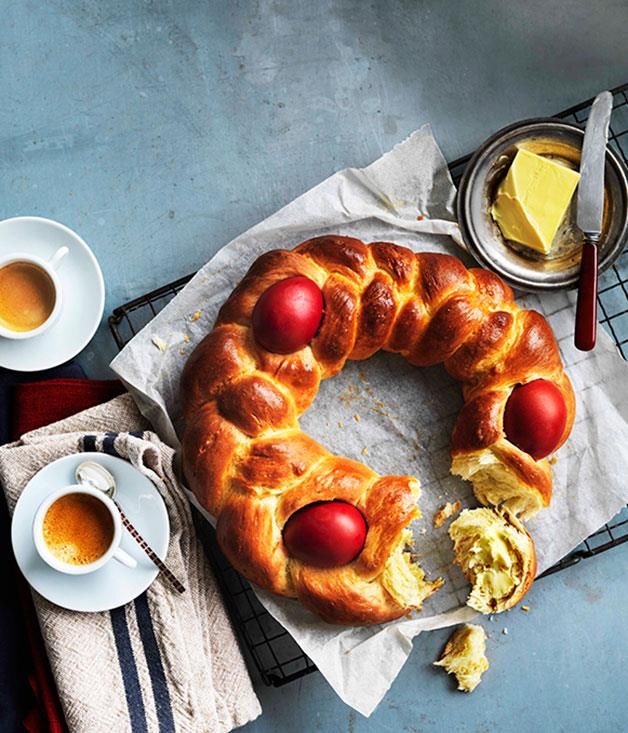
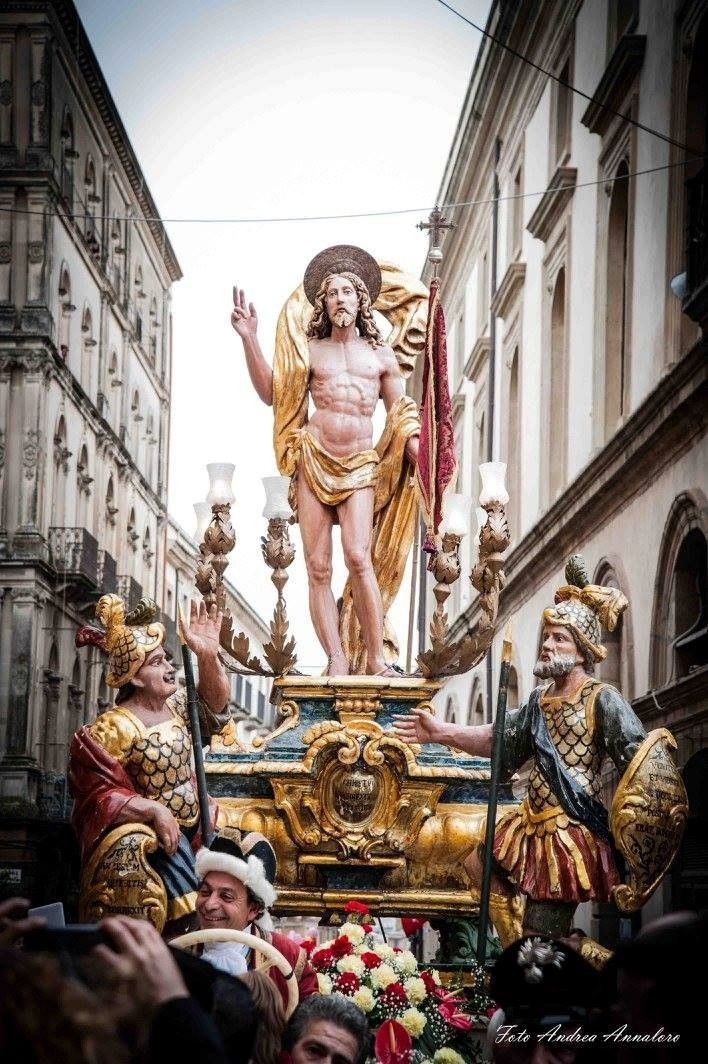
SPAIN: Pascua de Resurrección
From Palm Sunday (the week before Easter Sunday), the celebrations begin. Processions, church rituals and the handing out of blessed palm leaves catapults the week’s religious calendar into motion.
Famously, the processions in Spain include Pasos which are typically carried by Catholic brotherhoods. The Pasos are decorative wooden sculptures of the Passion of Christ as a visual commemoration to the story of Easter. They are carried through the streets with solemnity.
The region of Andalucia (which includes towns like Seville and Málaga) is most famous for its Easter rituals with some of the most dramatic public episodes in the country taking place. Townspeople dress in Nazarene habits with a conical hat that covers their face. They walk through the towns holding candles and burning symbols, awakening all the senses and evoking holy reflection. In the background you’ll hear the saetas (religious singing which is reminiscent of flamenco) usually performed without musical accompaniment.
Whilst the Spanish takes their Easter celebrations seriously, they also know how to indulge, and typical foods are prepared just for this time of the year. Among them are torrijas (a traditional sweet pastry made from milk and honey), la mona de Pascua (an Easter marzipan cake), and Buñuelos (sweet fried doughballs eaten with hot chocolate).
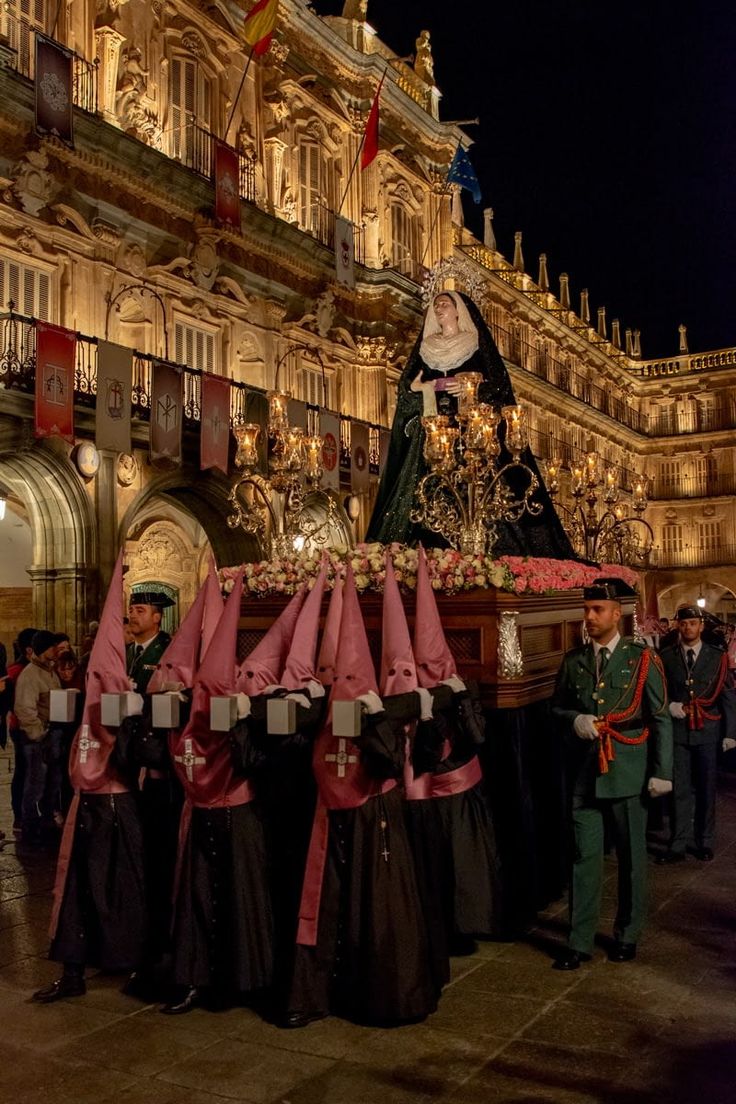
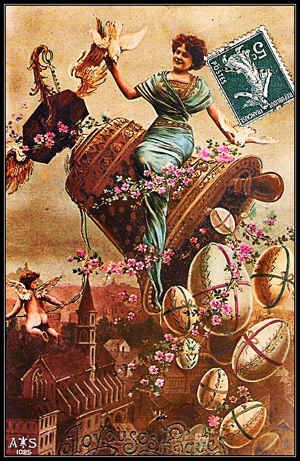
ITALY: Pasqua
From the sprawling cities to the tiny towns, processions and rituals fill the streets as whole communities get involved with the festivities. Each province will welcome their celebrations with a different approach, but it is not uncommon to see parades of votive statues flowing through historical centres, carried by locals dressed in traditional garb.
One of the most dramatic Easter festivities takes place in Florence with the ‘Scoppio del Carro’ (the explosion of the cart). This tradition dates to the first crusade and is commemorated with a mechanical dove (the symbol of Easter) hitting a cart in front of Duomo of Florence. This sparks a lighting of fireworks, and a beautiful explosion ensues.
Sicily is another vibrant destination for easter celebrations with masked characters parading down city streets enacting local rituals and customs. As for the dining table, roast lamb and the Easter Colomba cake (much like a panettone) are traditionally served.
Easter Monday – known as Pasquetta (little Easter) – only became a public holiday after the Second World War and these days, many younger Italians will spend the day with friends. In the south, the first inklings of summer can be felt and if the weather allows it, many will head to the beach for a picnic and games.

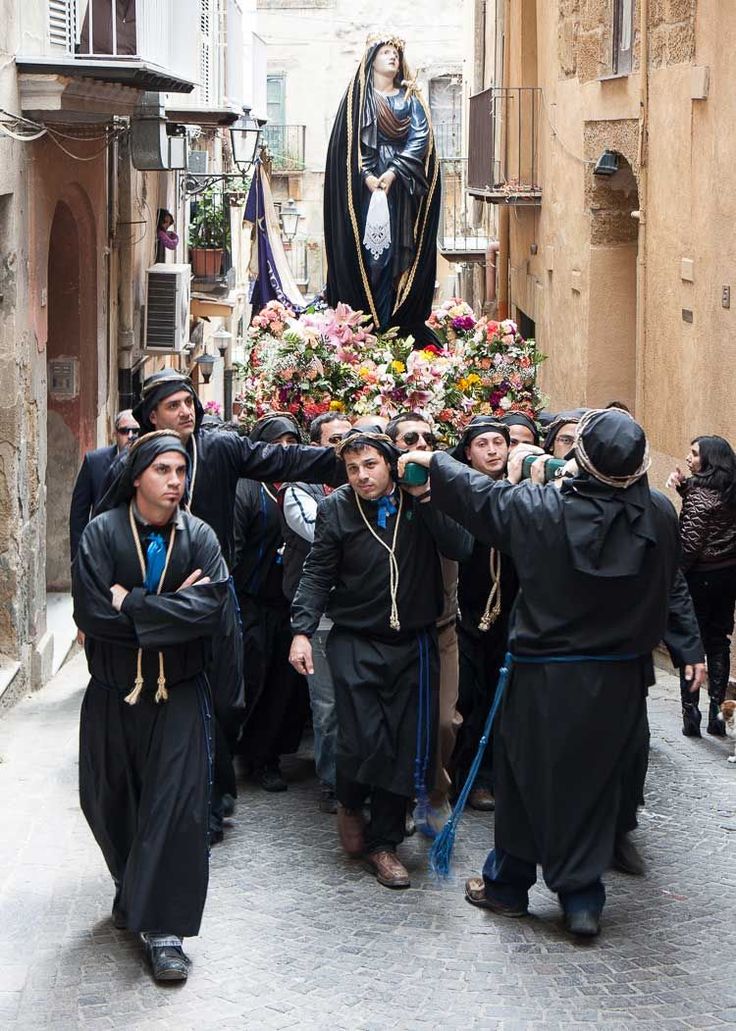
FRANCE: Pâques
Ahead of the Easter celebrations, households across France will adorn their homes with fitting decorations. Elegant branches will be assembled in vases with painted eggs, seasonal flowers and spring-themed decorations hanging from their twines. All ages get involved and children are encouraged to create little nests to lay in the garden in the hope that they will be filled with chocolate eggs overnight. Nowadays, the Easter bunny can be the expected protagonist for this tradition but historically, it was associated with ‘les cloches de Paques’ (the flying Easter bells).
French Catholic custom stated that church bells were not to ring between Good Friday and Easter Sunday to honour the mourning of Christ’s crucifixion. Through this homage, the narrative divulged to children was that the bells would grow wings and fly to Rome to be blessed by the Pope. Upon their return, they would deliver chocolate eggs to little ones. The tradition of the easter egg – by now a universal custom – was born out of the symbolism of new life and renewal which commemorates Christ’s resurrection.
To further the celebrations through culinary means, the French typically serve lamb as their Easter Sunday meal, followed – unsurprisingly – by an array of French cheeses and washed down with French wine. For those who have the ability to fit in more morsels, dessert tends to be more chocolate based treats or sponge cakes in the shape of lambs to finish the celebrations in sweetness.
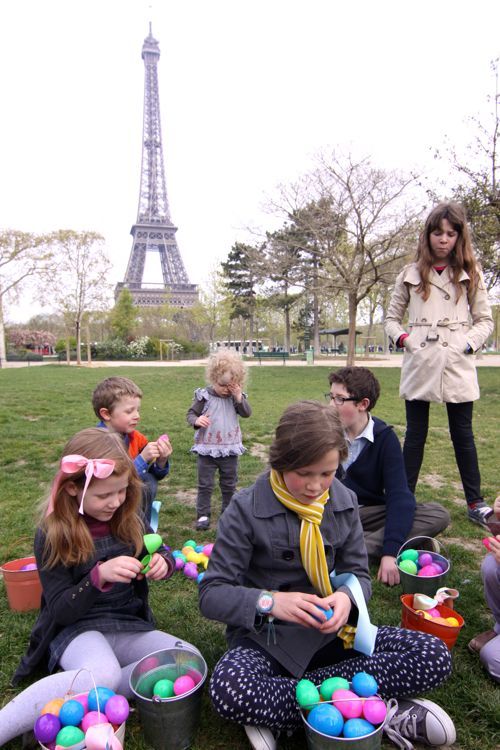
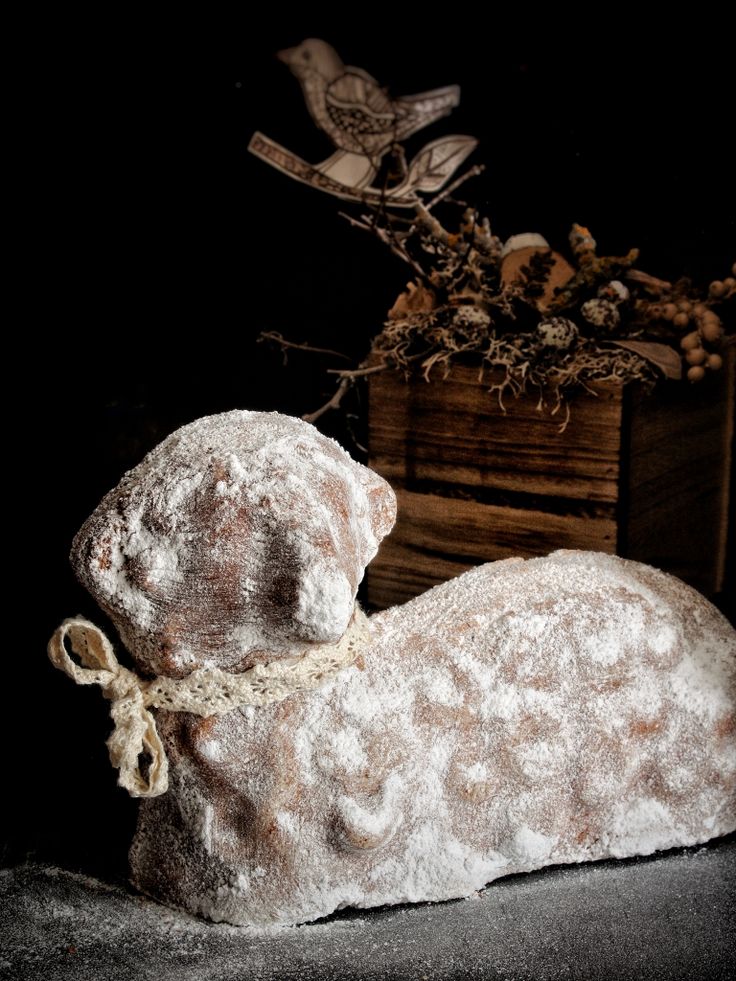
GREECE: Πάσχα
The Orthodox Greek calendar commemorates the Holy Week through honouring the Passion of Christ and his Resurrection on Easter Sunday. Throughout this period, churches throughout the mainland and islands are draped with black and purple ribbons in recognition of Christ’s death and solemn burial. As the days inch closer to the culmination on Easter Sunday, more preparations take place within the church walls.
On Good Friday, an epitáphios — an embroidered cloth icon of Christ’s burial — is placed in a decorated wooden structure called a kouvoúklion, representing the tomb of Christ. This is richly adorned with bright flowers and eventually paraded throughout the streets, devotedly followed by priests and church members.
As with all the Mediterranean lands, food plays a vital role in Greece’s Easter celebrations and preparation starts well in advance. Tsoureki (a fragrant brioche) and lamprokouloura (biscuits) are baked on Maundy Thursday. On Saturday, a Mageiritsa meat soup is cooked up ready for dinner after Midnight mass, and on Easter Sunday barbecued lamb skewers are a favourite traditional dish. Music, dancing and folk music bring the celebrations to a dramatic close. Particularly famous destinations to see the full force of Grecian Easter are Corfu, Crete and Patmos

